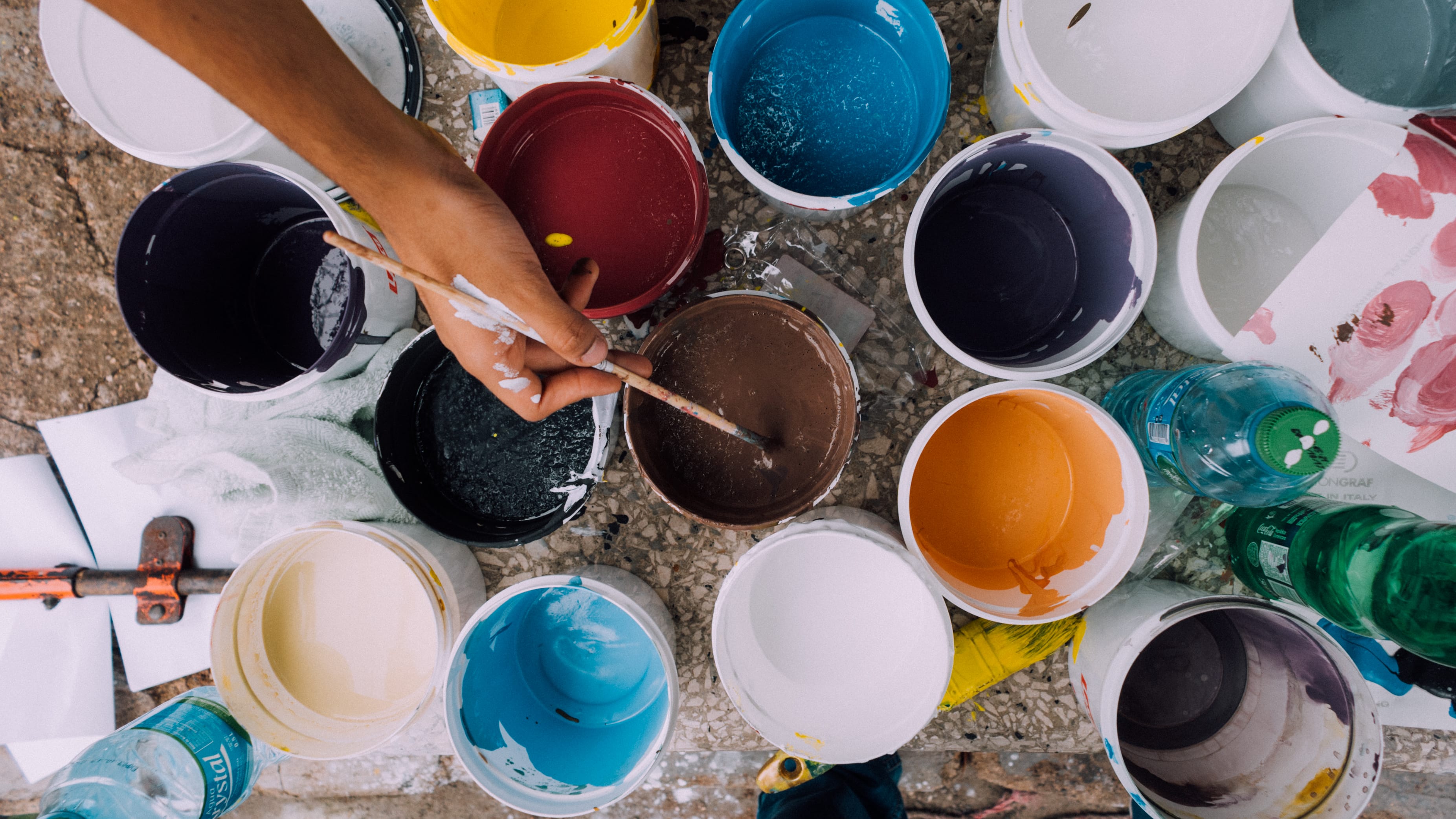The path of mastery has many dimensions, in spite of what pop-culture ninjas might suggest. One of my personal goals, reflected in Academie Duello, is to make the path of mastery accessible; To open up people’s mind about what it means to master an art and how to get there.
Understanding
A master of an art is capable not just of doing but of understanding “why”, “what”, and “how”. Why does a given technique work in a given situation? What are the underlying principles that make a particular technique or approach work? How do you train and adapt a technique when presented with a given problem?
Execution
In swordplay this is the fighting part. Yet it is still broader than that. There are many different arenas in which one can test, push, and practice their art. Whether that is combat, presentation, or a practice only for you. Knowing how to paint doesn’t make a painter; Painting does. However, the canvas you choose is up to you.
Conveyance
You will never truly know what you know until you have to share it with someone else. This is where it really pays to not be a “natural”. Those who work to learn their art have the most to share with others because they must rigorously and thoroughly pursue what they learn in order to learn it. You don’t truly know the bounds of right until you’ve explored all of the wrongs around it.
A Method
- Develop a physical and mental understanding.
Learn the art in your head and your body in an environment where things are controlled and predictable. This does not really resemble all the dimensions of combat, and that is by design. Here you can have the space to set a base for the health of your body, develop an understanding of physics, body mechanics, time, and of the tradition. This base can allow you to take the art to whatever place you want to take it. - Test Your Art In Symmetry.
Full combat can be a seemingly random and chaotic place. All of the principles are at play there but it takes time to learn to see them and then do something with that perception. At Duello we have found that the most effective way to learn is to start with a less chaotic environment where like meets like. There you can set a base of good body mechanics and establish your understanding of the foundations of technique, strategy, and tactics with earnest sparring but some greater level of predictability. We then scale up in difficulty from there. - Break the Rules.
Rules are meant to be broken — once they’re internally understood. Eventually, you have to take your art out into the wider world and test it against all the challenges it can present. I think it’s worth doing this in doses from the beginning, just recognize that most can’t learn to swim by being kicked off the dock. Taking a solid grounding in the art up against diverse challenges and approaches helps you more deeply understand what the rules mean when followed or broken, and how the art really works in practice.
Like most learning, this route is not really a direct path but a cycle of learning new skills, internalizing them, and challenging them. Recognize that different dimensions and stages of the journey come easily for some and require more work for others. Remember it’s not how you are at the beginning but how you are at the end.
